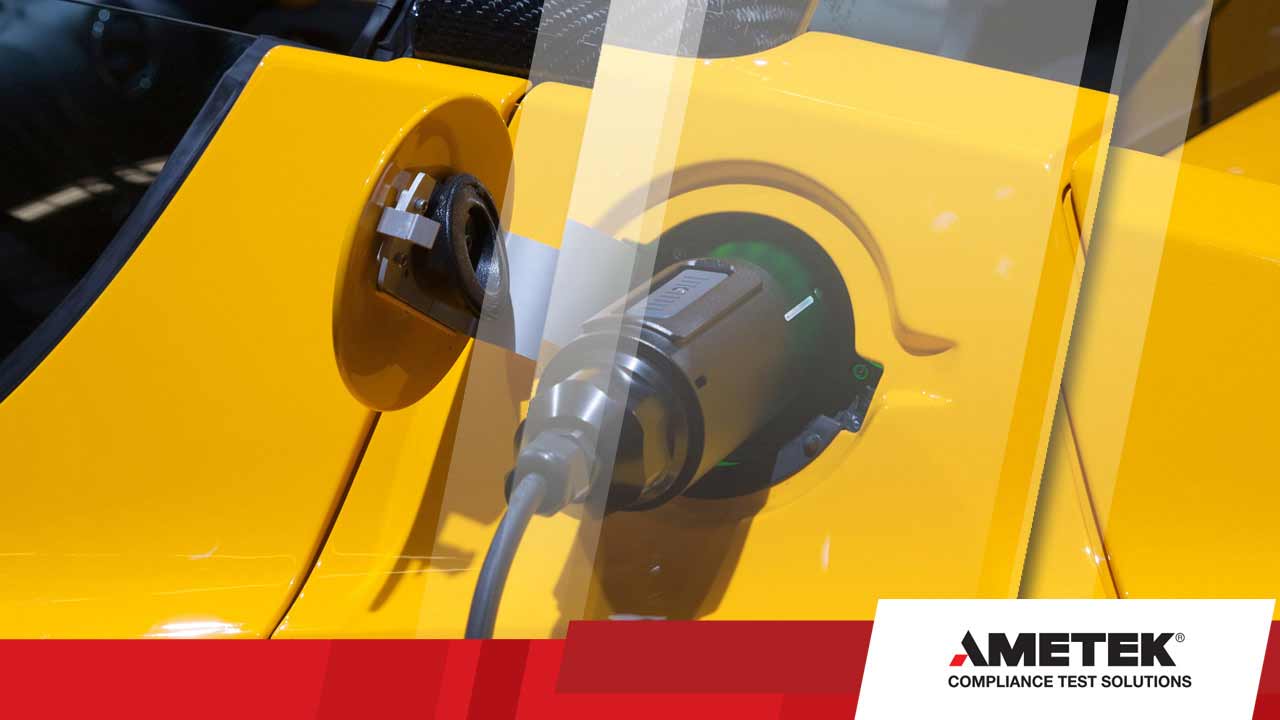In this second blog in the series on Type Approval to UNECE Regulation 10, Revision 5 we will cover the subject of Conformity of Production (CoP) and explain why it is a critical part of the Type Approval process.
The requirement for CoP is a fundamental element of the 1958 Agreement and the procedure is set out in Schedule 1 therein. Approval Authorities are required to ensure that UNECE Type Approvals are granted to manufacturers that can demonstrate the ability to produce every vehicle and/or electronic sub-assembly (ESA) to the approved type, the details of which are contained within the approval certificate (including the information document, Annex 2A/B). This is also a requirement of the ECWVTA Directive (2007/46/EC as amended).
At this point it is worth noting that ESA is a collective term encompassing ‘components’ and ‘separate technical units’ (STUs). The key difference is that, generally, components are approved for use on any vehicle, whereas STUs are approved for use on a specific vehicle type.
If the Approval Authority is not satisfied that the manufacturer can meet the requirement for CoP then they will refuse to grant a Type Approval certificate, which perhaps bizarrely, means issuing a certificate stating that Type Approval is refused.
The approach taken differs by individual Approval Authorities, however Schedule 1 of the 1958 Agreement requires manufacturers to have a quality management system e.g. ISO 9001, or be subject to audit by the Approval Authority itself. The quality management system and/or audit encompasses the manufacturer and each assembly plant listed on the certificate. If an audit is deemed necessary, then the manufacturer must cover the associated costs.
Schedule 1 of the 1958 Agreement also requires verification of the approval subject and product-related controls that, together with the quality management system, are collectively referred to as “product conformity arrangements”.
“Product-related controls” means adequate arrangements and documented control plans are required for each approval along with an agreement to carry out tests or checks at specified intervals to verify continued conformity with the approved type. Some Approval Authorities have a set period for review of the CoP, and others calculate a period for each approval based on the quality and thoroughness of information supplied by the manufacturer, potential risk(s) of non-compliance and other factors. The 1958 Agreement states that the frequency of checks should be a minimum of once every three years. It should be noted that many Approval Authorities do not require full or partial re-tests every three years provided that the quality management system is robust. Approval Authorities can insist that full re-tests are carried out annually if they do not have sufficient confidence in the manufacturers’ ability to adhere to the CoP requirements.
Some Approval Authorities also require manufacturers to provide a statement of how they keep themselves appraised of changes in legislation. Ideally, this would be part of the quality management system and there are subscription services available, many offered by the Approval Authorities themselves.
From the above it should be clear that CoP is not a trivial matter, and having a comprehensive and well documented quality management system is essential. It can take several months to satisfy an Approval Authority that adequate product conformity arrangements are in place. Without CoP confirmation, the Approval Authority will refuse a Type Approval.
It is therefore advisable to obtain CoP well in advance of embarking on, what could be, a costly test program.
In the next blog in this series we will cover the subject of worst-casing, which enables manufacturers with large numbers of variants and/or configurations to minimize the amount of testing needed to demonstrate conformity with the technical prescriptions of R10.05.
REFERENCES
UNECE Regulation 10, Revision 5 (9 October 2014): https://www.unece.org/fileadmin/DAM/trans/main/wp29/wp29regs/2015/R010r5e.pdf
UNECE Regulation 10, Revision 5, Amendment 1 (8 October 2016): https://www.unece.org/fileadmin/DAM/trans/main/wp29/wp29regs/2016/R010r5am1e.pdf
E/ECE/TRANS/505/Rev.3 (The 1958 Agreement, Revision 3 (14 September 2017))
https://www.unece.org/fileadmin/DAM/trans/main/wp29/wp29regs/2017/E-ECE-TRANS-505-Rev.3e.pdf
2007/46/EC, European Community Whole Vehicle Type Approval Directive (Consolidated version including all amendments to 2017/1347/EU)
http://eur-lex.europa.eu/legal-content/EN/TXT/PDF/?uri=CELEX:02007L0046-20170727&from=EN

